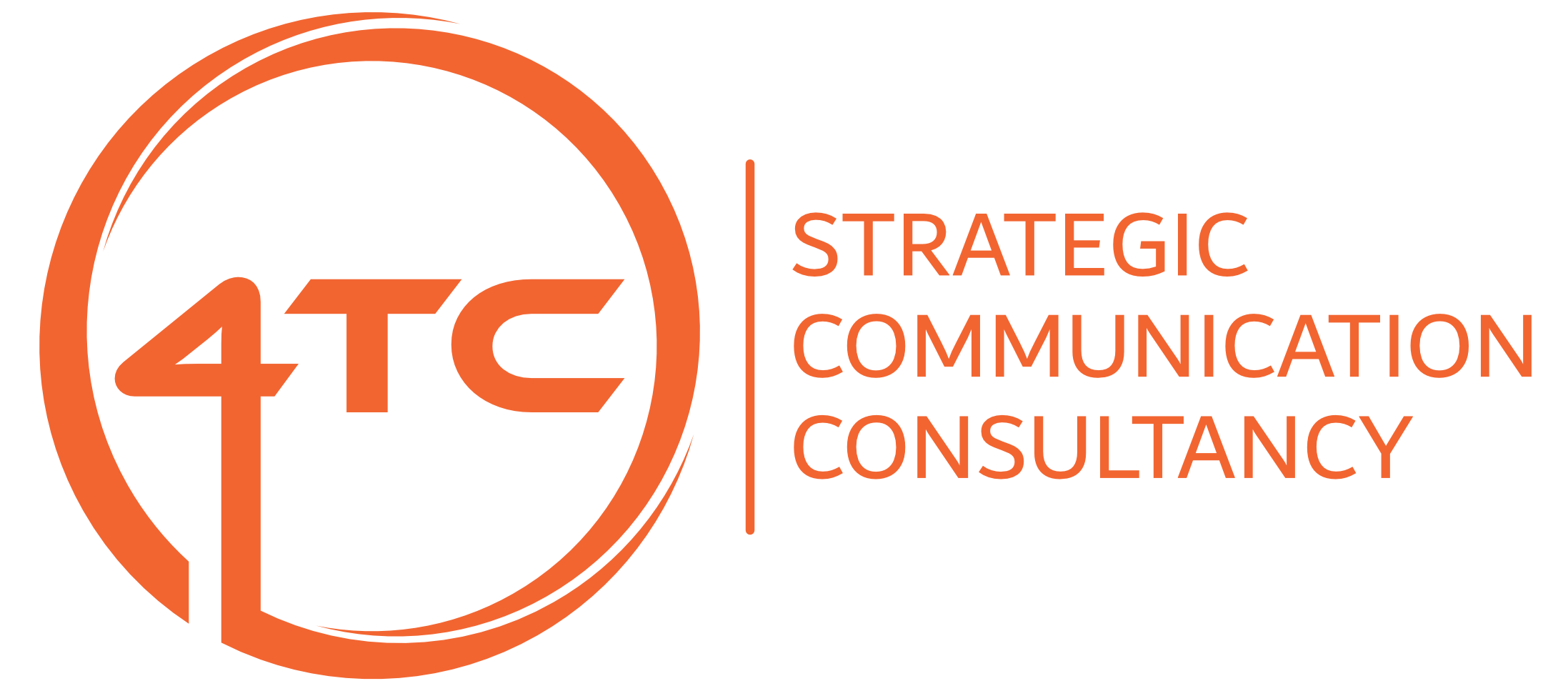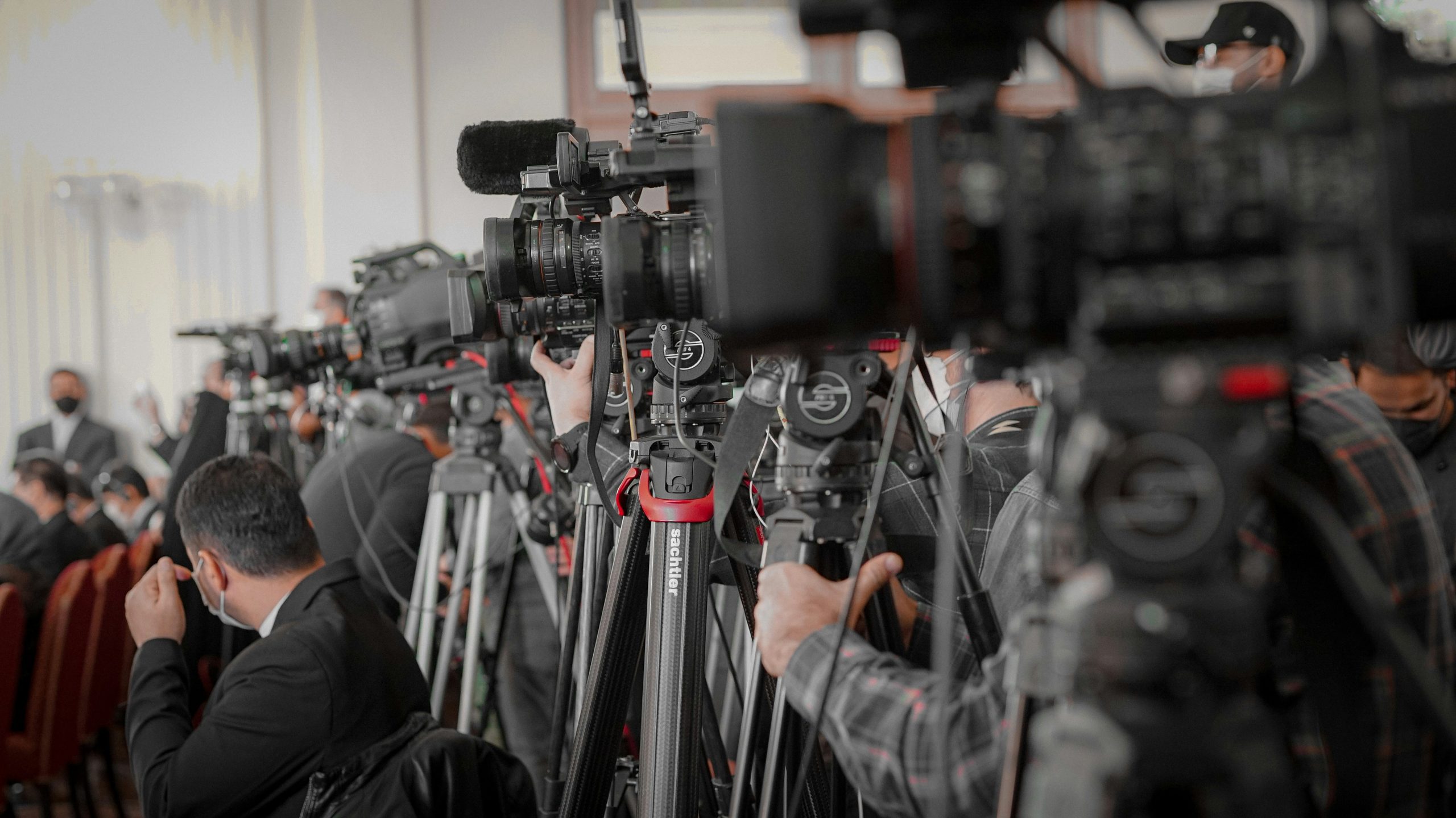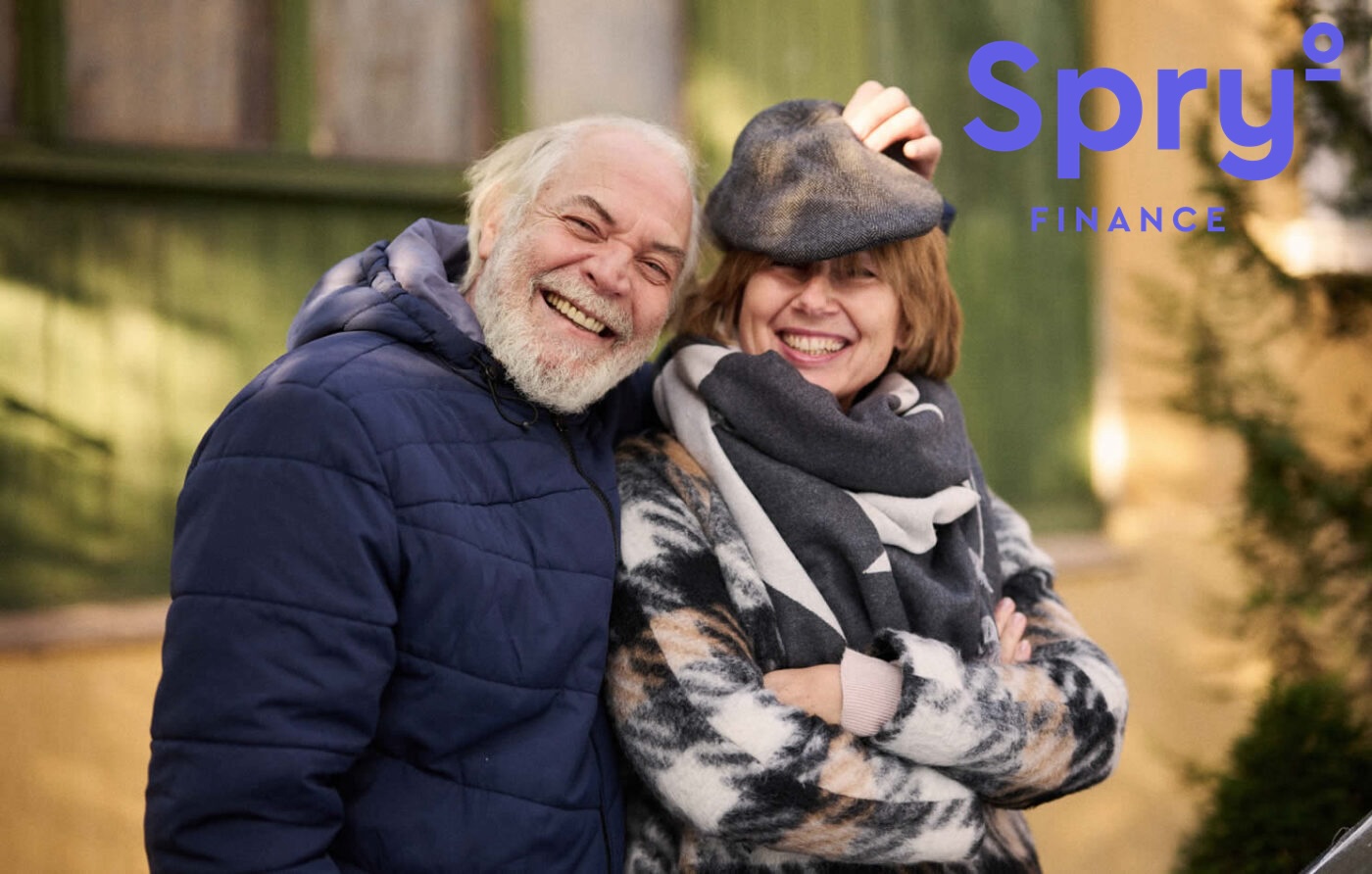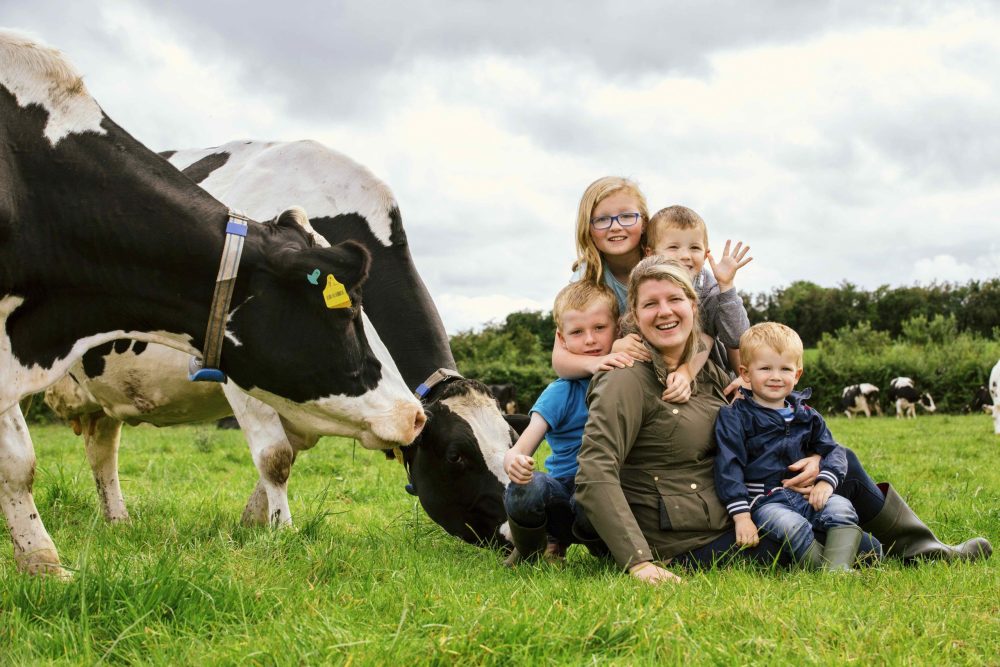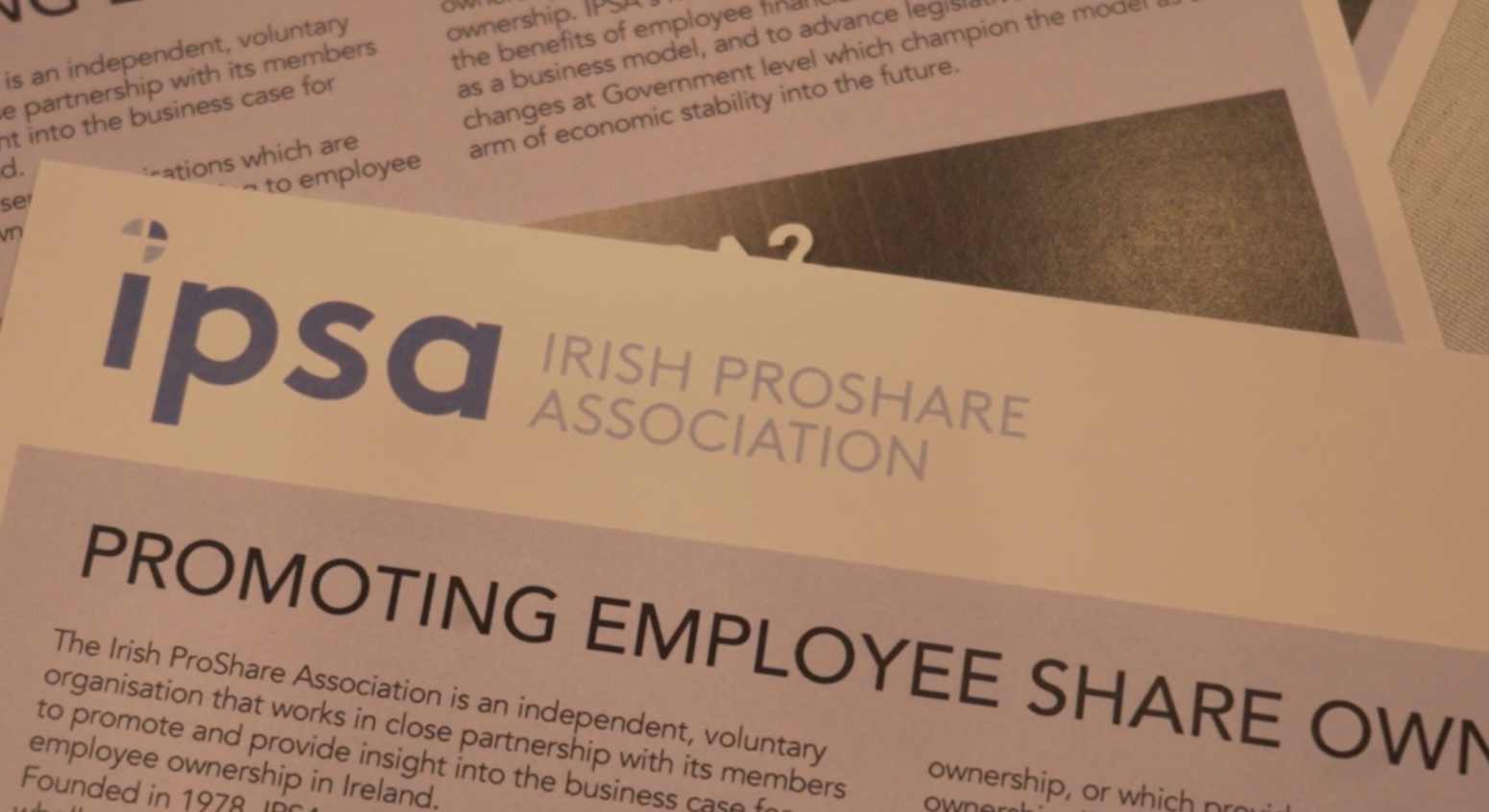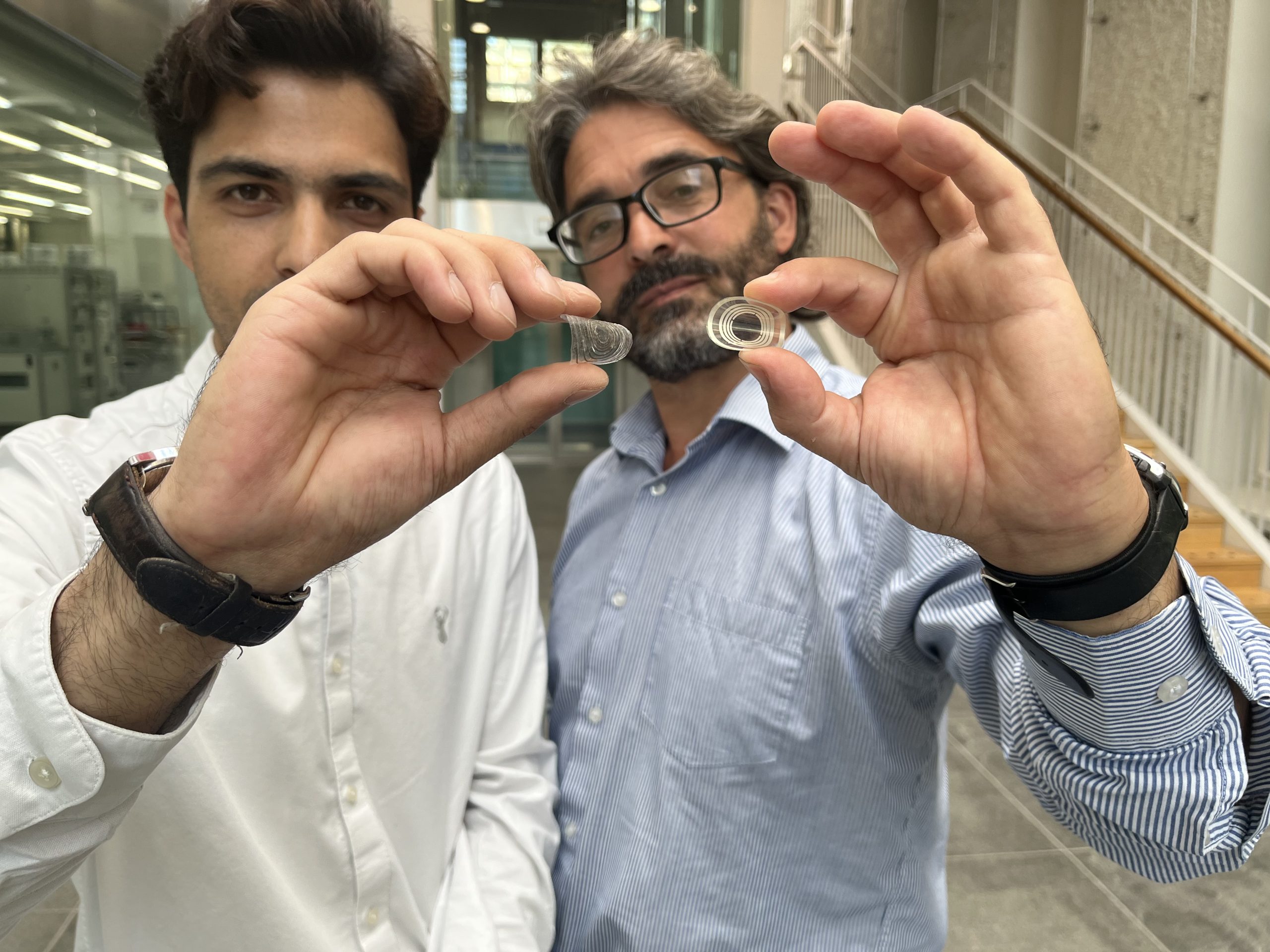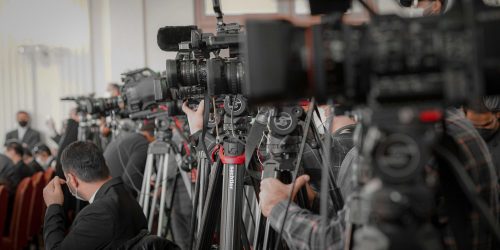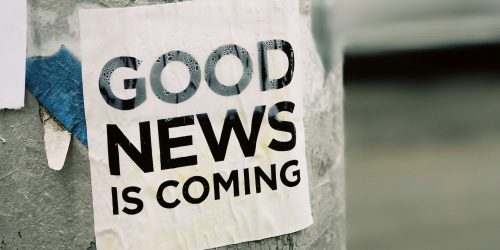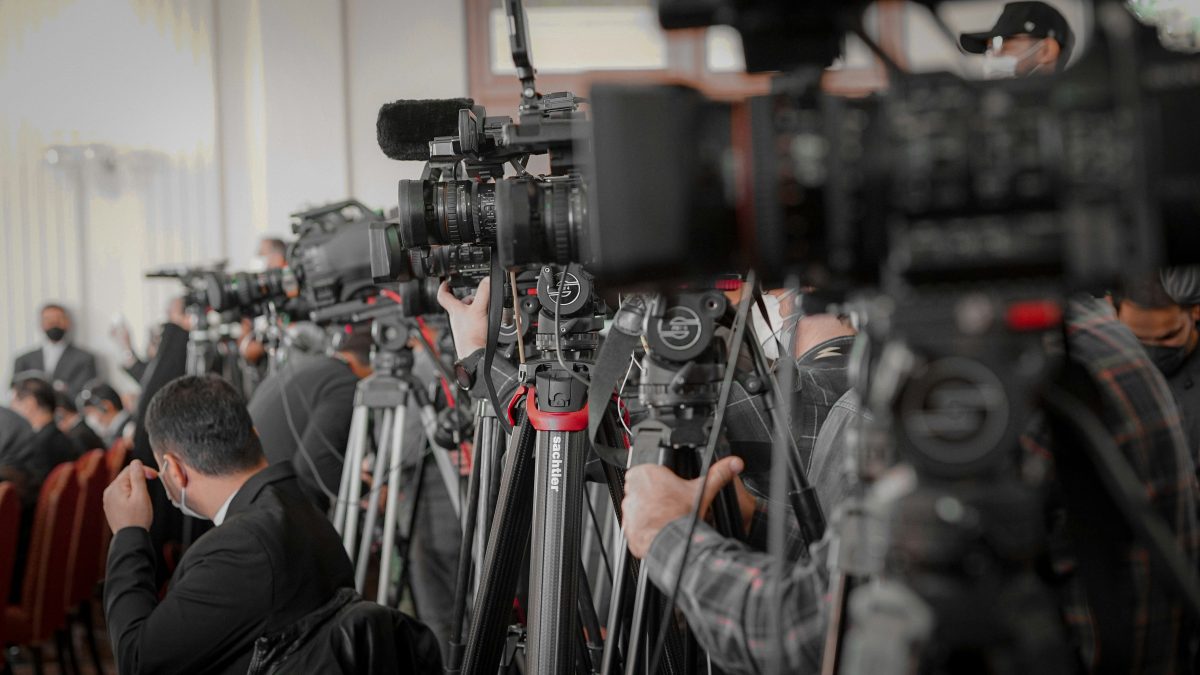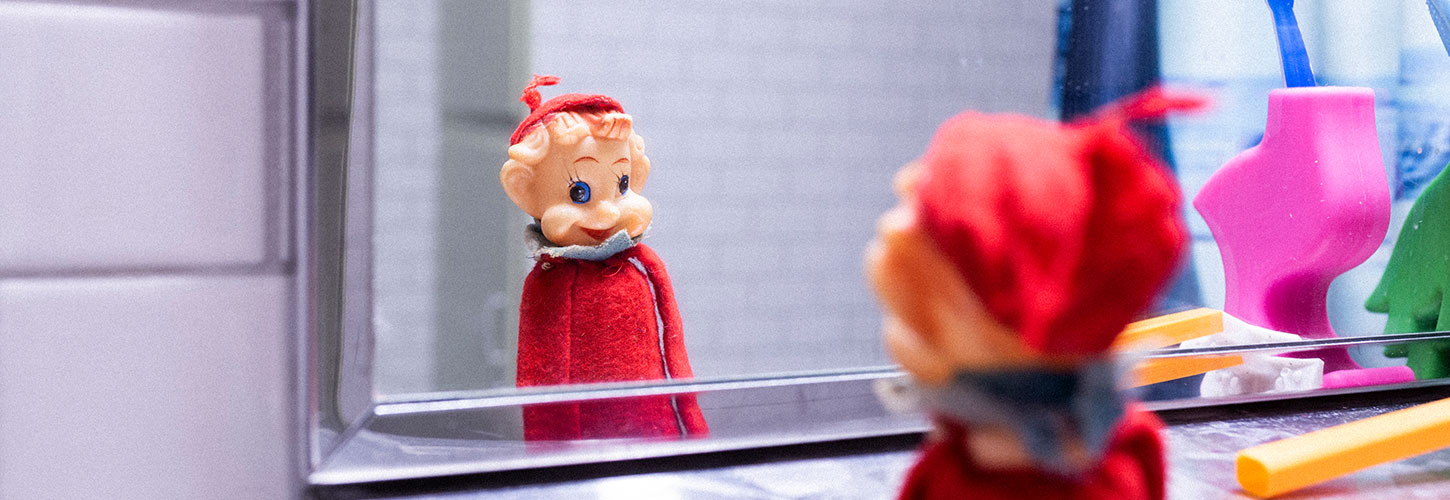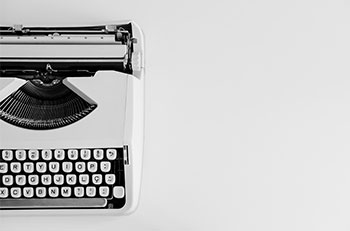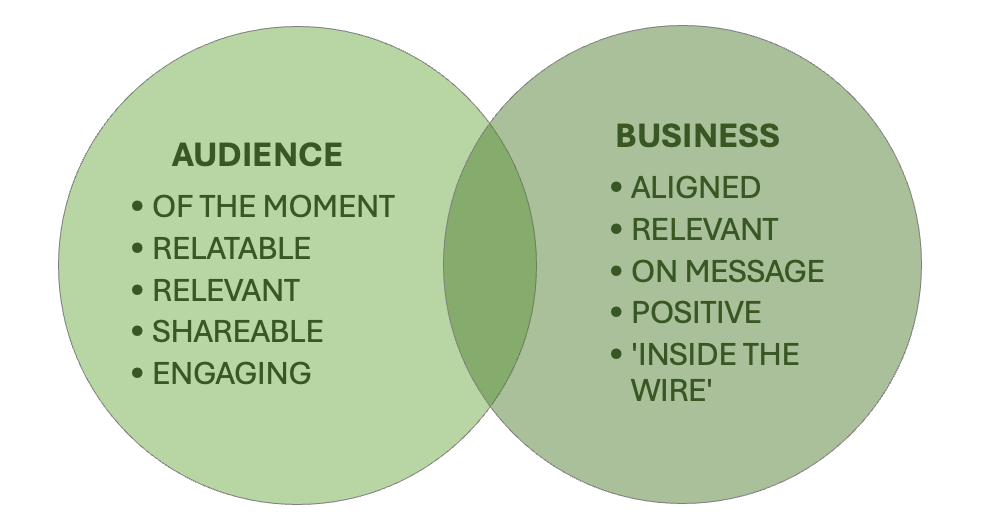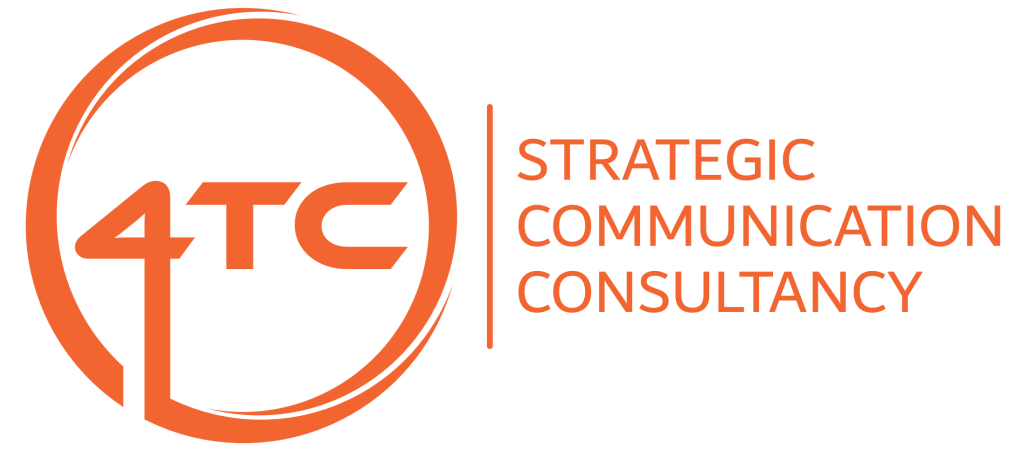A Turd is Still a Turd, Glitter or Not - The Brutal Truth of Authentic Communication
Add Your Sub-Heading Text Here
Authenticity is central to the success of your communication activity.
Defined as the quality of being genuine or real, it is what people look for in people, products, brands, businesses and organisations.
There is proof that this is true – studies have shown greater levels of engagement with brands and organisations who are perceived to display authenticity.
However it’s simpler to use your own learned experience.
Ask yourself – do I know what authenticity is and can I recognise it? Would I trust, or want to have dealings with, something or someone that I perceive to be inauthentic?
Going out on a limb, we’d say the answers to the questions are yes, and no, respectively.
And if that’s true, then surely you should be vetting your own communication for authenticity and making sure that what you’re putting out passes the test.
If it doesn’t, then you’re risking losing the trust, damaging reputation, discouraging engagement and decreasing the chances of any sort of objective-delivering impact – sales, for example, or support, or investment or stakeholder approval.
Clearly, authenticity is a multi-faceted thing.
In 2021, researchers from the University of Southern California, Bocconi University and Vrije Universiteit Amsterdam published a paper explaining six types of judgments that consumers make about a brand’s authenticity. They were:
- Accuracy
- Connectedness
- Integrity
- Legitimacy
- Originality
- Proficiency
Which is all well and good and open for discussion, but ultimately distracts from the main and most visible arbiters of authenticity – the language you’re using to communicate, and how you present your communication.
To the six types of authenticity judgements therefore, we’d add one more – as much an internal judgment as it is an external one – and it’s self-awareness.
Self-awareness is the ability to recognise that no-one is ‘surprised and delighted’ by a threefer or a bogof.
Self-awareness is knowing that being a sponsor of something, or being awarded something, or assisting in something, or just being somewhere are not causes for unseemly celebration – no-one, in the history of happiness, has ever been ‘delighted’ to be any of these things.
Self-awareness does, however, allow you to create (and exploit) personality in your communication, so (and as we were recently) you might choose to be ‘stoked’ by these things. But only if you can carry it off.
Self-awareness is the knowledge that – no matter how much glitter you roll it in – a turd is a turd and you’re probably better off not trying to raise its profile.
Self-awareness is understanding, intuitively, how you come across and what your audience will take from the words and images that you use.
Self-awareness is recognising that there are innumerable different occasions and adapting your language and your message to suit each one as it arises.
Authenticity is many things, but it’s being self-aware and testing your communication and its content before you push the button that keeps you honest and keeps you real.
And if you’re not sure – you could talk to us about it
